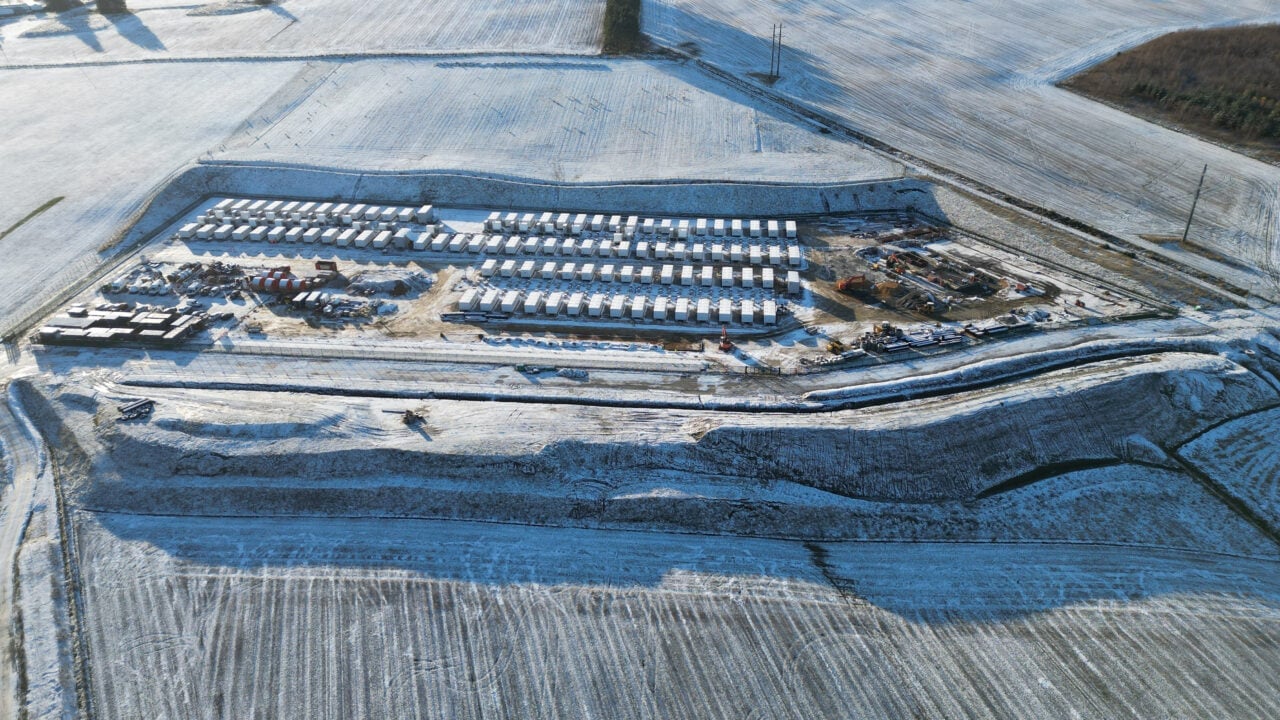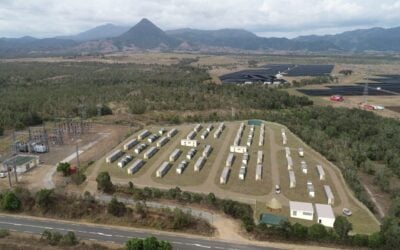
National deployment targets should be set for energy storage technologies, the International Renewable Energy Agency (IRENA) Coalition for Action has said.
As the United Nations (UN) convenes for COP29 climate talks in Azerbaijan, IRENA has said the global energy transition to low-carbon sources remains “off track”.
Meanwhile, the transition is progressing in a handful of leading countries and regions, like China, the US and European Union (EU) member states, with countries in the Global South still left behind, according to IRENA’s ‘World Energy Transitions Outlook 2024’ report.
Sister site PV Tech covered the report and its headline conclusions yesterday, noting that tripling renewable energy capacity worldwide to 11.2TW – as agreed at COP28 in the UAE last year – would require the addition of more than a terawatt annually.
Try Premium for just $1
- Full premium access for the first month at only $1
- Converts to an annual rate after 30 days unless cancelled
- Cancel anytime during the trial period
Premium Benefits
- Expert industry analysis and interviews
- Digital access to PV Tech Power journal
- Exclusive event discounts
Or get the full Premium subscription right away
Or continue reading this article for free
The achievement of this goal, which is aligned with the 2015 Paris Agreement’s global pact to limit temperature increases to less than 1.5 degrees Celsius above pre-industrial levels, looks “increasingly remote,” IRENA said.
The Azerbaijani presidency of COP29 has urged world leaders attending the conference to sign a pledge to increase global energy storage capacity to 1.5TW by the end of this decade. This would enable the accelerated deployment and integration of the UN’s global renewable energy goal, the COP29 presidency said.
The IRENA Coalition for Action, to which the multilateral agency serves as secretariat, was formed in 2014 and has more than 150 renewable energy organisations in its membership. These include private sector companies, trade associations, research institutes, civil society and intergovernmental organisations. Its remit is to share knowledge and formulate best practices to help drive the global energy transition forward.
Identifying solar PV, electricity grids and energy storage as three vital pillars for enabling that transition, the Coalition for Action’s Towards 100% Renewable Energy Working Group will deliver a series of its own reports on how to unlock barriers and promote these crucial decarbonisation technologies.
‘Key Enablers for the Energy Transition’
Last week, before the publication of IRENA’s ‘World Energy Transitions Outlook 2024’, the IRENA Coalition for Action previewed findings from its forthcoming series.
‘Key Enablers for the Energy Transition: Solar and Storage, Preliminary Findings,’ (PDF) focuses mainly on hybrid solar-plus-storage applications, noting the combination’s suitability for enhancing the reliability and stability of power grids.
However, for the technologies to supplant the use of fossil fuels and nuclear on a grand scale, a “proactive approach” to removing the challenges that they still face – such as the lack of consideration of energy storage in grid planning and the early stage that storage industry standards and certification development are still at – will be needed.
The IRENA Coalition for Action will recommend specific policy actions to accelerate the deployment of solar PV and energy storage and their role in tripling global renewables capacity by 2030 and thereafter transitioning to a fully renewable energy system.
The Coalition highlighted 13 such actions in its preliminary findings and implied the final reports may contain further recommendations.
Storage targets
National energy storage targets should be adopted, in order to accelerate energy storage capacity investments. This might include regular assessments of grid flexibility, something the EU has already voted to adopt as part of its Electricity Market Design reform in 2023.
The Coalition will also recommend that storage targets to facilitate the uptake of variable renewable energy (VRE) should be included in national energy development plans. These should include consideration of short- and long-duration energy storage (LDES), it said.
Regulatory barriers
Energy storage should be treated as an independent participant in electricity markets, which would remove many of the regulatory barriers it currently faces. The most prominent of these perhaps is ‘double-charging’, which means that in many markets, storage is treated as both generator and consumer of energy and charged twice for use of the grid.
This issue is already being tackled in some parts of the world but not in many others, and it has been a common refrain throughout the industry. The COP29 Energy Storage Pledge also prioritised the removal of ‘double-charging’ regulations.
In addition, policies and financial incentives that give some degree of certainty to investments in energy storage should also be introduced. The IRENA Coalition noted that storage should be treated as a technology that adds value to VRE installations, and not as a cost item.
Other recommendations will include actions to fill labour shortages, promote grid-forming applications through advanced inverter technologies, improve regulatory frameworks for grid and storage integration and support the development of supply chain and technology standards and certifications.





